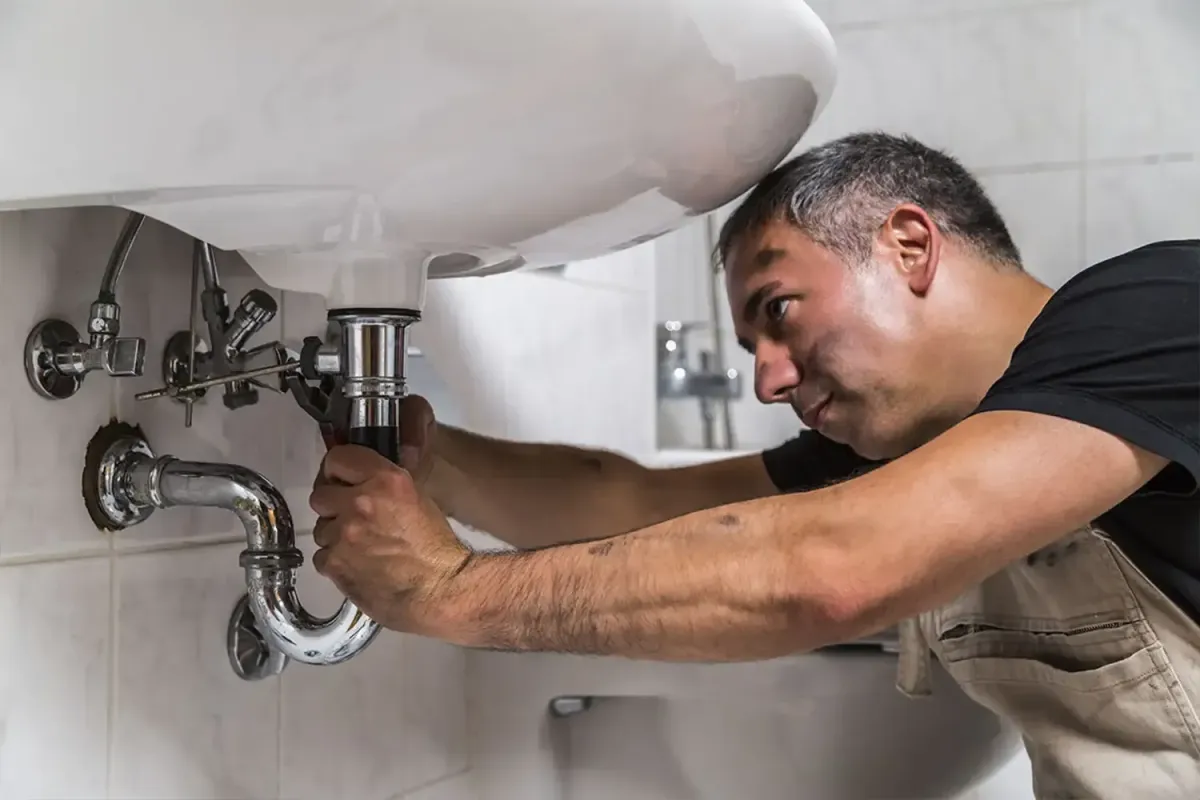
How Many Homes in Australia Are Adopting Greywater Recycling Systems?
As water conservation becomes a bigger priority across Australia, more and more households are adopting greywater recycling systems. Greywater, which is water from sinks, showers, and washing machines (but not from toilets), can be treated and reused for purposes like watering gardens, flushing toilets, and even washing clothes. But how widespread is this practice in Australia? Let’s dive into the numbers and explore how Australians are embracing greywater systems, how much they’re investing in them, and why it’s becoming such an attractive choice for homes across the country.
How Many Homes Are Using Greywater Systems?
It’s estimated that around 9-15% of Australian households currently use some form of greywater recycling system, although this varies by region. Areas with drier climates or frequent droughts, like much of rural Western Australia and parts of New South Wales, tend to have higher adoption rates, sometimes reaching up to 20% in water-stressed zones.
The Growth of Greywater Recycling in Recent Years
Over the last decade, interest in greywater recycling has surged. This trend is likely to keep growing as climate challenges intensify. In fact, according to recent environmental surveys, the adoption rate of greywater systems has increased by around 4-5% annually in water-stressed regions of Australia. By 2030, experts predict that up to 30% of Australian households could be using greywater systems, especially as the government introduces more incentives and regulations encouraging sustainable water use.

What’s Driving the Rise of Greywater Recycling in Australia?
Drought and Water Scarcity: Australia is no stranger to drought. For instance, in 2019, Australia experienced one of the worst droughts on record, impacting over 60% of the country. Severe droughts raise awareness about water scarcity and make sustainable practices like greywater recycling more appealing and necessary.
Environmental Awareness: More Australians are becoming environmentally conscious, and water conservation is a key aspect. Greywater recycling aligns with the country’s broader efforts to reduce its environmental footprint and achieve greater sustainability.
Cost Savings: Water bills in Australia are steadily rising. A greywater system can save an average household up to 50,000 liters of water per year, which can reduce water bills significantly. In cities like Melbourne and Sydney, where water costs are around $2.50 per 1,000 liters, these savings can add up, making greywater systems a smart financial choice.
Government Incentives: Some Australian states offer rebates or incentives for greywater systems. For example, the New South Wales government provides rebates of up to $500 for households installing greywater systems. These incentives make it easier for families to afford eco-friendly upgrades.
How Much Do Greywater Systems Cost?
The cost of installing a greywater recycling system in Australia varies widely based on the type and complexity. Here’s a rough breakdown:
Basic DIY Kits: These systems divert greywater from showers or washing machines directly to garden beds without treatment. Prices start at around $150 - $300.
Mid-range Systems: These systems include basic filtration, which allows greywater to be used more safely for irrigation. Prices range between $500 - $1,500.
Advanced Greywater Treatment Systems: High-end systems treat greywater for a range of non-potable uses, such as flushing toilets or washing clothes. These systems can cost anywhere from $2,000 to $10,000, depending on capacity and features.
Maintenance is also a factor. A simple system may only need occasional cleaning, while more advanced systems can require yearly servicing, adding around $100 - $300 annually in upkeep costs.
Greywater Regulations Across Australia
In Australia, each state has specific regulations around greywater recycling to ensure safety and proper usage. Here’s a brief overview:
New South Wales (NSW): Greywater diversion systems for garden use don’t need approval, but treatment systems do.
Victoria: Approval is needed for any greywater treatment system, and installation must meet specific standards.
Queensland: Both diversion and treatment systems require approval, and treated greywater can be used for toilets and laundry.
Western Australia: Greywater systems are encouraged, especially in areas with water restrictions, but they must comply with environmental health guidelines.

Potential Water Savings from Greywater Recycling
An average Australian household uses about 900 liters of water per day. Let’s break down potential savings:
Gardens and Lawns: About 30% of household water is used on gardens. Diverting greywater to outdoor use could save 10-20% of the overall household water usage.
Toilets: Toilets account for around 15% of household water. Using treated greywater could save about 6-8% of total household water usage.
Altogether, a greywater system could help reduce a household’s water usage by 20-30%, saving not only money but also easing the demand on local water sources.
Case Studies: Greywater Systems in Action
City Dweller Savings: In Melbourne, a family of four installed a $3,000 greywater system and uses it to irrigate their backyard and flush toilets. They save about 25,000 liters per year and have reduced their water bill by about 15%.
Outback Water Savvy: A farmer in Western Australia installed a DIY greywater system for around $500 to irrigate a vegetable garden. During the 2022 drought, he used greywater exclusively for the garden, saving about 5,000 liters in just a few months.
Greywater System Trends to Watch
Smart Greywater Systems: New systems with smart sensors that monitor water quality, flow rate, and system health are emerging. These systems can be controlled via mobile apps and provide real-time data to homeowners.
Increased Government Support: With the government aiming to boost water resilience, we may see more rebates, subsidies, and possibly even requirements for greywater recycling in new constructions.
Sustainable Home Design: Builders and architects are increasingly incorporating greywater systems into eco-friendly home designs. This trend is especially popular in new residential communities focused on sustainability.
Making the Move to Greywater Recycling
If you’re considering installing a greywater recycling system, here are a few tips:
Know Your Needs: If you have a large garden, a basic greywater diversion system might be enough. For more flexibility, such as flushing toilets, consider a treatment system.
Check Local Regulations: Each state has specific requirements, so make sure your system complies.
Consider Long-term Savings: While there is an upfront cost, the long-term savings on water bills can make greywater systems a cost-effective choice.
Conclusion
As climate change and population growth continue to impact Australia’s water resources, greywater recycling is more relevant than ever. With an estimated 15% of households already using these systems and more jumping on board each year, greywater recycling is poised to become a mainstay of Australian home life. Whether motivated by environmental concerns, cost savings, or both, Australians are finding that reusing water from their showers and laundry is a practical and impactful way to contribute to water conservation efforts.
So, the next time you turn on the shower or washing machine, consider where that water could go. With a greywater system, it could find a second life watering your garden or helping with other household needs—a win for both you and the planet.
Sources: wikipedia.org , installateur-viking.at.






